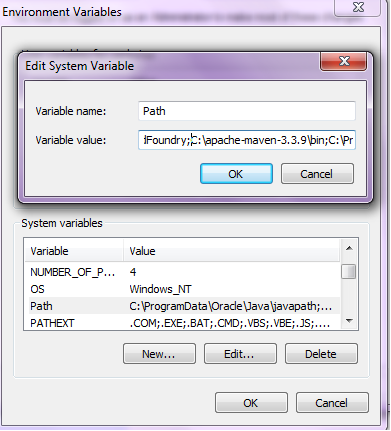-
Download Anypoint Studio For Mac카테고리 없음 2021. 1. 11. 05:24

This tutorial takes you through the process of configuring the Apache Maven build automation tool to integrate with Mule AnyPoint Studio.
Join the DZone community and get the full member experience.
Join For FreeI hope many of you know how to use Maven with AnyPoint Studio, but I am still taking this step to teach those who aren't aware of this. To configure Maven to AnyPoint Studio, first we need to download it from the Apache Site.
So lets head over to Mulesoft and download Anypoint Studio. Unzip it and place it somewhere you will find your IDE again (for example Applications). When you start your Studio for the first time, you will be asked for your default Workspace. This ist where your Mule applications will be stored. If you choose to use an existing workspace, this must have been created using Anypoint Studio 7.0 or later. Studio 7.x supports only Mule 4.x projects, because the structure of the project, export format, XML, and scripting language are different than the ones used by Mule 3.x.
Once downloaded, unzip the archive file into your C Drive if you are using Windows, or accordingly in your laptop or desktop based on your OS.

- To configure Maven to AnyPoint Studio, first we need to download it from the Apache Site. Once downloaded, unzip the archive file into your C Drive if you are using Windows, or accordingly in your.
- Download Anypoint Studio and Mule. Build and test APIs and integrations quickly with Anypoint Platform’s desktop IDE. Get started quickly with hundreds of prebuilt connectors and templates.
Then, go into the folder and see if the zip is correctly extracted or not, and locate the bin folder.
Anypoint Studio Latest Version Download
Then, add the bin folder to the PATH environment variable in OS accordingly in Windows or Mac.
Once it has been added to the environment variable, open a command prompt based on your OS.

Then run the
mvn –vcommand to make sure that your Maven is configured correctly.When you see the below in your command, it's done correctly.
In your computer's file explorer, navigate to the default location of the local Maven repository:
${user_home}/.m2/.In Linux/Mac:
~/.m2. In Windows: C:Users{yourUser}.m2.You may need to enable viewing of hidden files and folders. If this folder does not exist, do not create it. It will be created automatically. This location will now be referred to as
$M2.If the folder exists, drill-down and look for the repository subfolder:
${user_home}/.m2/repository. Leave this window open.Configure Anypoint Studio to Use Maven
Open Anypoint Studio.
Open Anypoint Studio preferences.
Expand Anypoint Studio and click Maven Settings.
Check the three checkboxes for Maven preferences.
If the Maven installation home directory is not set, browse to the location of your Maven.
Set a default groupId for new projects field to com.api.maventest.Click Test Maven Configuration and verify that the test passes.In the left-side navigation, expand Java.
Under Build Path, select Classpath Variables.
Verify that the
JRE_LIBandJRE_SRCvariables are pointing to a JDK and not a JRE.Verify that there is an
M2_REPOvariable and that it is set to${user_home}/.m2/repository. IfM2_REPOdoes not exist, click New and create a variable calledM2_REPOthat points to your repository location:${user_home}/.m2/repository.Download Anypoint Studio Version 7.6
Click OK.
You are all set with the configuration of Maven with Anypoint Studio.
Thanks for reading. In the next discussion, we will see how to create a Mule Project with Maven.
muleesb,mule,tutorial,integration,mavenOpinions expressed by DZone contributors are their own.
